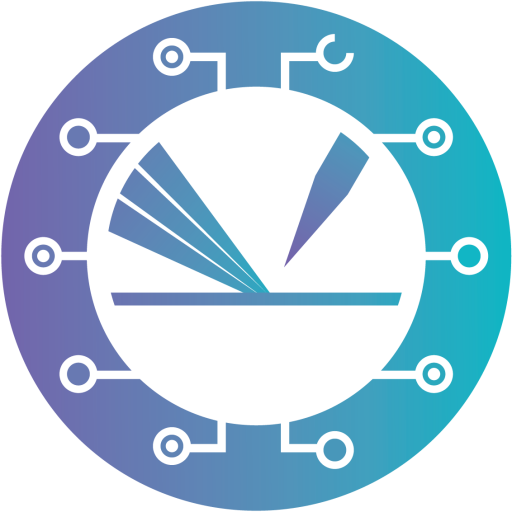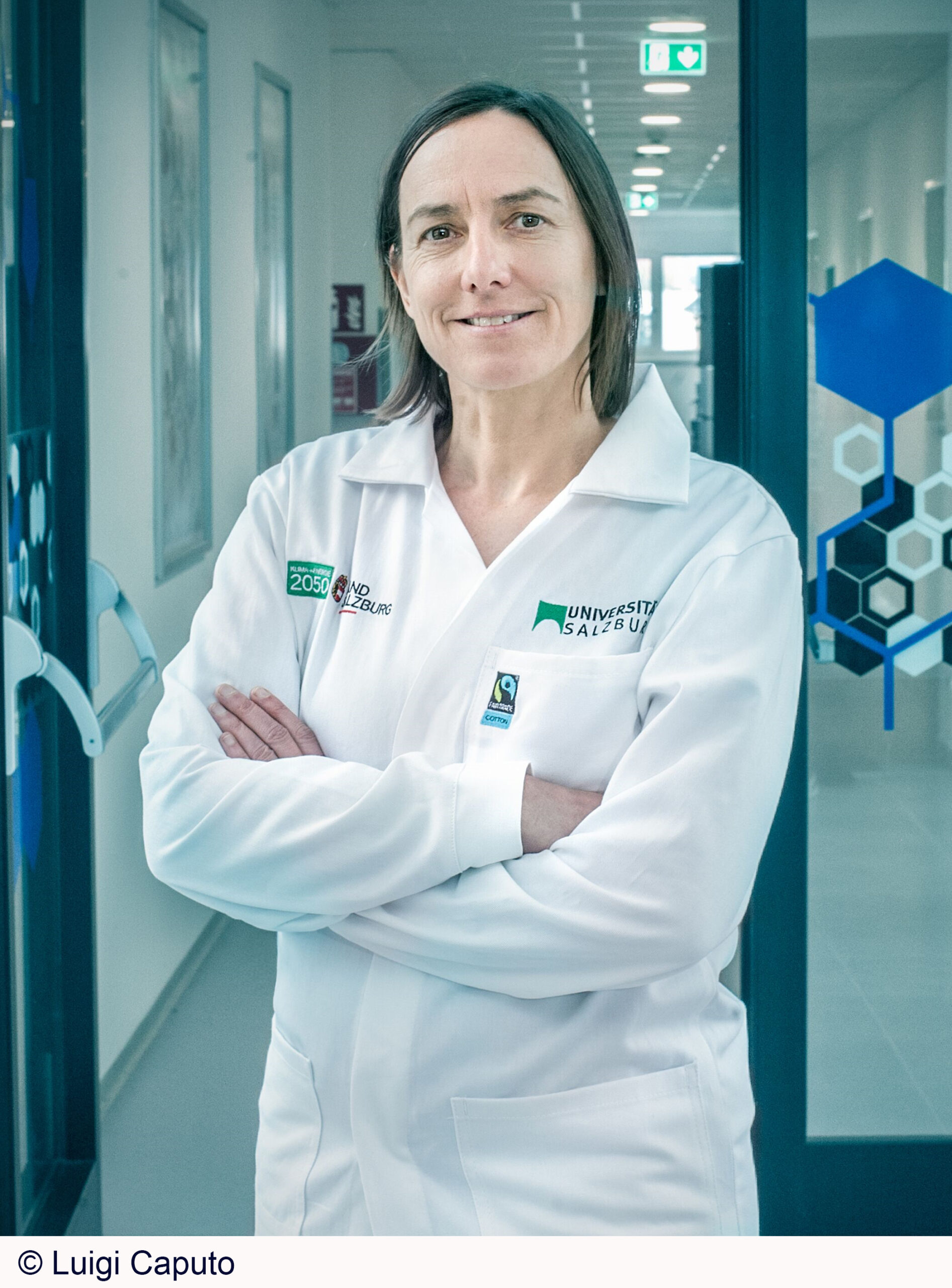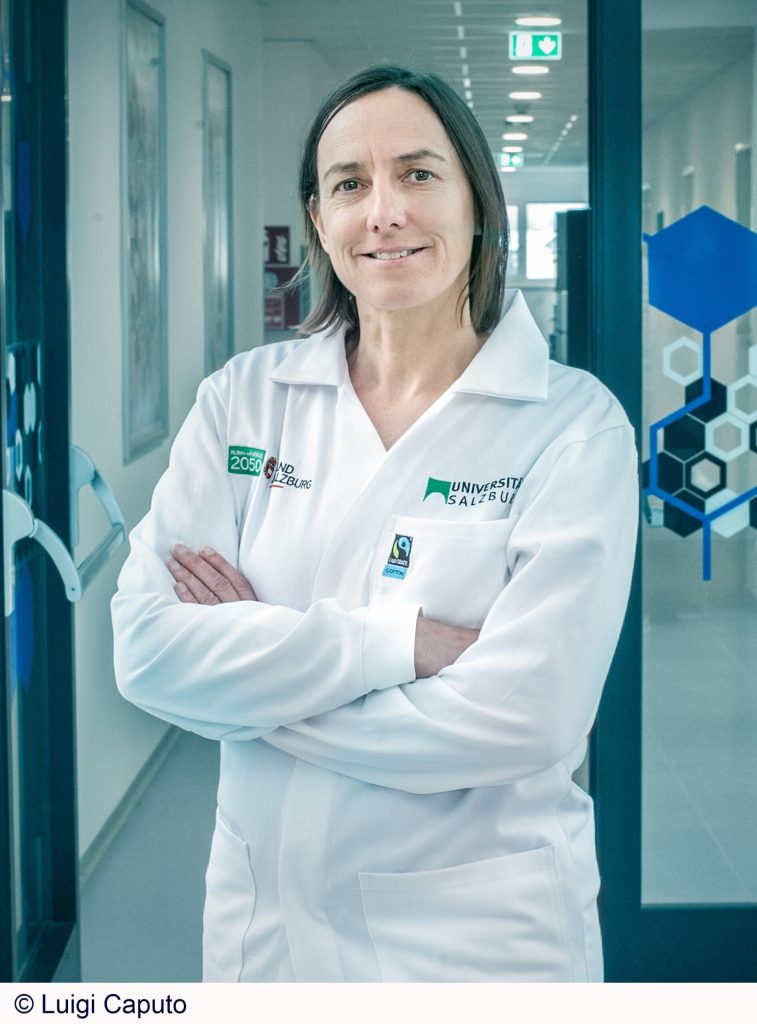Particle design for photocatalytic and photoelectrochemical water splitting
Almost 50 years after the first demonstration of photocatalytic water splitting by Fujishima and Honda using TiO2 in 1972 [1], the exploitation of photocatalytic and photo-electrochemical water-splitting for solar fuel production is still hindered by an unfavorable device efficiency versus cost ratio [2]. For photocatalytic or photoelectrochemical applications high active surface areas and good charge-transport properties are key features to enhance device performance [3]. Favorable charge transport properties are usually obtained in defect free structures such as single crystals, where the surface area is small in comparison to agglomerates of porous nanoparticles. Nanoparticles, however, suffer from reduced charge extraction and, in the case of photoelectrochemical water splitting, from reduced transport properties to the back electrodes because of multiple grain boundaries. Lately, the careful design of single crystalline particles with well-defined facets and decorated with cocatalysts has been proven be a successful concept to achieve high efficiencies for the model system SrTiO3 [4]. In this talk, these concepts will be presented and it will be shown how they can be used and extended to improve the performance of the visible light absorbing photocatalyst LaTiO2N in the context of photocatalytic and photoelectrochemical water splitting.
Reference:
[1] A. Fujishima and K. Honda, Nature 238 (1972) 37.
[2] J.H. Kim, D. Hansora, P. Sharma, J.-W. Jang, and J.S. Lee. Chemical Society Reviews 48 (2019) 1908.
[3] T. Hisatomi, J. Kubota and K. Domen, Chem Soc Rev 43 (2014) 7520-7535.
[4] T. Takata, J. Jiang, Y. Sakata, M. Nakabayashi, N. Shibata, V. Nandal, K. Seki, T. Hisatomi, and K. Domen, Nature 581 (2020) 411.
All interested colleagues are welcome to this seminar lecture
(30 min. presentation followed by discussion).


